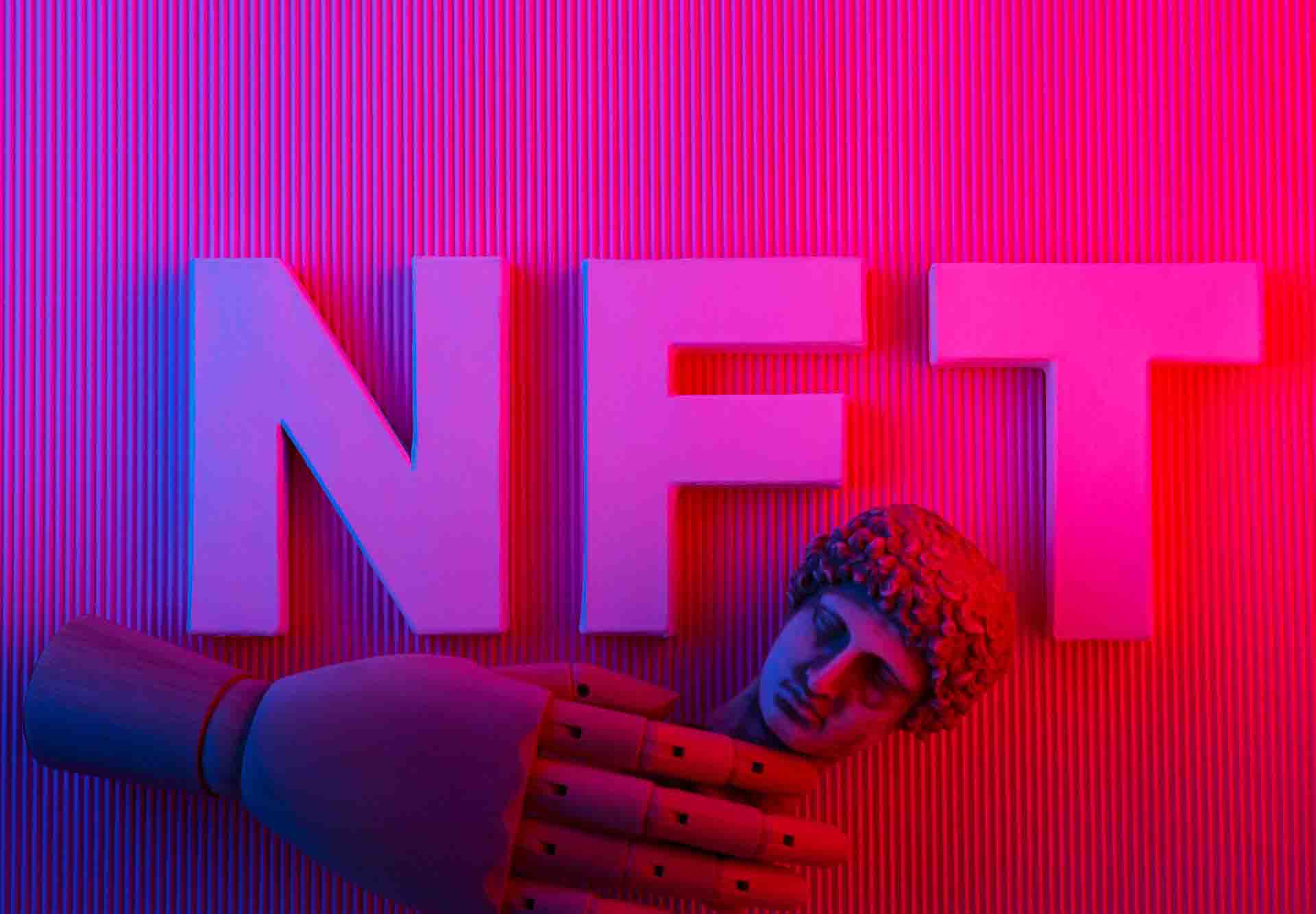Making a bold stride into the future, the autonomous territory of the Faroe Islands has now introduced an NFT-based stamp collection, joining the ranks of forward-thinking postal services around the globe.
The recently launched series of ‘crypto stamps’ by the Faroe Islands presents an intriguing amalgamation of the tangible and intangible. Each stamp holds value as a conventional postage stamp and also exists as a non-fungible token (NFT) within the realm of the blockchain.
The initiative took flight on June 23 when the inaugural collection of crypto stamps, christened ‘Stamps of Maybe’, was unveiled on Posta Faroe Islands, the autonomous region’s official postage issuance platform. The project was birthed through a cooperative effort with VariusSystems.
These crypto stamps offer a unique feature – each tangible stamp is mirrored by a digital counterpart on the blockchain. This attribute not only amplifies their uniqueness but also empowers the users by enabling their participation in the stamp’s creation process.
Reflecting on his interaction with the Universal Postal Union at the United Nations, Michael Dorner, CEO of VariusSystems, acknowledged the burgeoning interest in blockchain technology and its practical applications like NFT stamps. He underscored the potential of this digital upheaval driven by decentralized blockchains in fostering business growth and providing a competitive edge.
Adding a distinct twist, the digital rendition of the Faroe Islands’ stamp collection is shaped by real-time meteorological data from the local Faroese weather station, Veðurstova Føroya. This innovative use of data lends a unique dynamism to the digital stamps.
While the incorporation of blockchain technology to create NFT stamps is a novel approach, it is fundamentally a modern take on the timeless hobby of philately. This method has already found favor with postal services in the Netherlands (PostNL) and Austria (PostAG), both having issued crypto stamps of their own. PostAG even went a step further with their 2019 and 2021 editions, integrating a near-field communication chip for added verification.
Reflecting on the synergy of traditional stamp collecting and emergent NFT technology, Dorner envisions the rise of a “collector 3.0.”
The application of blockchain technology by postal services marks a fascinating intersection of history and future, merging the age-old hobby of stamp collecting with state-of-the-art digital technology. This could be seen as an attempt by these services to maintain their cultural significance in a progressively digital world. The idea of NFT-embedded stamps may also serve to attract a younger, more tech-adept demographic to the world of philately, reviving an age-old pastime with a contemporary twist.
Moreover, the innovative usage of real-time weather data in shaping the design of digital stamps, as demonstrated by the Faroe Islands’ postal service, infuses an aspect of interactivity and liveliness into the collecting process. This creative utilization of data could potentially catalyze further innovative applications of technology across varied fields, redefining our interaction with and perception of physical and digital objects.

